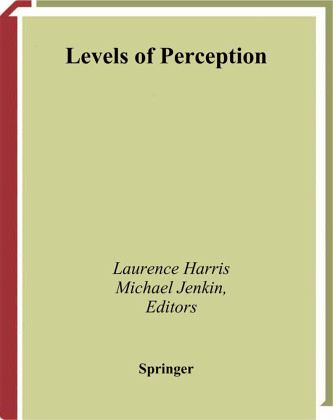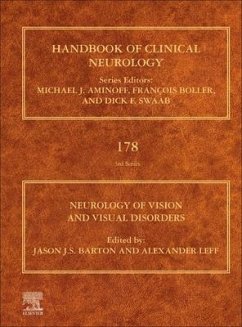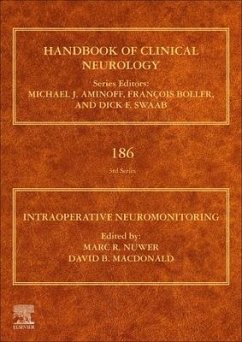
Levels of Perception

PAYBACK Punkte
80 °P sammeln!
In this book the authors relate and discuss the idea that perceptual processes can be considered at many levels. A phenomenon that appears at one level may not be the same as a superficially similar phenomenon that appears at a different level. For example "induced motion" can be analyzed in terms of eye movements or at the retinal level or at a much higher cognitive level: how do these analyses fit together? The concept of levels also makes us think of the flow of information between levels, which leads to a consideration of the roles of top-down and bottom-up (or feed-forward, feed-back) flo...
In this book the authors relate and discuss the idea that perceptual processes can be considered at many levels. A phenomenon that appears at one level may not be the same as a superficially similar phenomenon that appears at a different level. For example "induced motion" can be analyzed in terms of eye movements or at the retinal level or at a much higher cognitive level: how do these analyses fit together? The concept of levels also makes us think of the flow of information between levels, which leads to a consideration of the roles of top-down and bottom-up (or feed-forward, feed-back) flow. There are sections devoted to vestibular processing, eye movement processing and processing during brightness perception. The final section covers levels of processing in spatial vision. All scientists and graduate students working in vision will be interested in this book as well as people involved in using visual processes in computer animations, display design or the sensory systems ofmachines.














